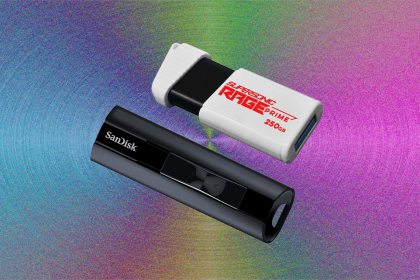A study of 800,000 PHEVs show that the real-world pollution difference from gas cars is only 19 per cent.
A new study revealed that the difference in emissions between gasoline-only vehicles and plug-in hybrids (PHEVs) is not as significant as previously thought.
According to a report from Transport & Environment (T&E), lab tests show that the difference in emissions between gasoline-only vehicles and the increasingly popular hybrid variant is only 19 per cent, compared to the previously reported 75 per cent.
As Engadget pointed out, T&E analyzed the data from 800,000 PHEVs registered in Europe between 2021 and 2023. From these vehicles, T&E discovered that the real-world emissions of PHEVs were 4.9 times higher than what they were supposed to be on paper, primarily due to a flawed assumption between the manufacturer and the tester regarding the share of electric driving mode.
To add to this, official estimates for the share of electric driving mode are 84 per cent, but Engadget notes that the real-world share is as little as 27 per cent, with most of the driving done with PHEVs using gas in some capacity. Even in fully electric mode, the electric motors in the vehicle still produce some emissions.
Engadget also noted that the electric motors inside PHEVs often lack the power to operate independently for an extended period, so the gas engine kicks in to supply power for almost a third of the distance driven. The report also mentioned that drivers end up spending US$582 more than the official estimates for fuel costs.
Automakers in Europe have been lobbying against the 2035 ban on ICE-powered vehicles, with PHEVs being the alternative that Engadget notes will alleviate range anxiety for owners. Currently, Volkswagen, BMW, and Mercedes-Benz are the leading manufacturers of PHEVs on the continent. The Guardian added that the underestimation of PHEV emissions has saved four major auto manufacturing groups more than €5 billion (or C$8 billion) in fines between the analyzed period (2021 to 2023) by making it easier to comply with the EU’s fleet-average emissions regulations.
Source: Transport & Environment
MobileSyrup may earn a commission from purchases made via our links, which helps fund the journalism we provide free on our website. These links do not influence our editorial content. Support us here.







